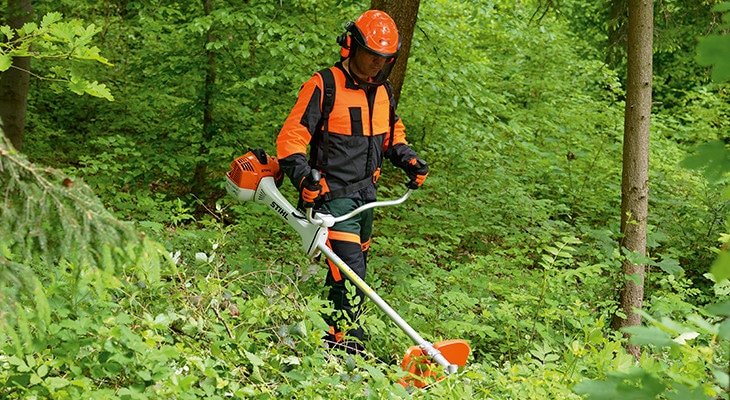Art and Science of Bush Cutting: Techniques, Tools, and Tips
Introduction: Bushes are not merely plants; they are living sculptures that shape our landscapes and provide essential ecological functions. Properly cutting bushes is a crucial aspect of landscaping and garden maintenance. However, bush cutting is not merely about haphazardly võsalõikus trimming foliage; it’s a skillful craft that requires knowledge, precision, and the right tools. In this article, we delve into the art and science of bush cutting, exploring techniques, tools, and tips to achieve optimal results.

Understanding Bush Cutting: Bush cutting serves multiple purposes, including controlling growth, enhancing aesthetics, promoting health, and maintaining safety. Pruning bushes involves selectively removing branches and foliage to achieve these objectives while preserving the overall health and shape of the plant.
Techniques for Bush Cutting:
- Selective Pruning: Identify dead, diseased, or crossing branches and remove them first. This improves airflow and light penetration, reducing the risk of disease and promoting healthy growth.
- Thinning: Remove excess foliage to open up the bush’s interior, allowing sunlight and air to reach the lower branches. Thinning also prevents overcrowding and encourages new growth.
- Shaping: Determine the desired shape for the bush and carefully trim branches to achieve it. Common shapes include rounded, conical, and naturalistic forms. Always follow the plant’s natural growth pattern for a more harmonious look.
- Timing: Bush cutting should ideally be done during the dormant season to minimize stress on the plant. However, light pruning for maintenance can be done throughout the year, focusing on removing dead or damaged branches.
Tools for Bush Cutting:
- Pruning Shears: Ideal for precise cuts on small branches and foliage. Choose bypass pruners for clean cuts or anvil pruners for thicker branches.
- Loppers: Designed for cutting thicker branches with more leverage. Long-handled loppers provide additional reach for higher branches.
- Hedge Trimmers: Electric or manual tools specifically designed for shaping and trimming hedges and bushes. Ensure blades are sharp for clean cuts.
- Pruning Saw: For larger branches that cannot be cut with pruning shears or loppers. Choose a saw with a curved blade for easier maneuverability.
Tips for Successful Bush Cutting:
- Know Your Plants: Understand the specific needs and growth habits of each bush species before pruning. Some bushes may require minimal pruning, while others benefit from regular maintenance.
- Start Small: Begin with light pruning and gradually work your way up to more significant cuts. This allows you to assess the bush’s response and make adjustments accordingly.
- Sanitize Your Tools: Clean and sharpen pruning tools before and after each use to prevent the spread of disease between plants.
- Step Back and Assess: Regularly step back and view the bush from different angles to evaluate its shape and symmetry. Adjust pruning cuts as needed to maintain balance and proportion.
- Consult Experts: If unsure about pruning techniques or dealing with specific bush species, seek advice from gardening professionals or local extension services.
Conclusion: Bush cutting is both an art and a science, requiring careful consideration of techniques, tools, and timing. By understanding the principles of selective pruning, utilizing the right tools, and following best practices, you can effectively shape and maintain bushes to enhance the beauty and health of your landscape. Mastering the art of bush cutting will not only result in visually appealing gardens but also contribute to the overall well-being of your outdoor spaces.